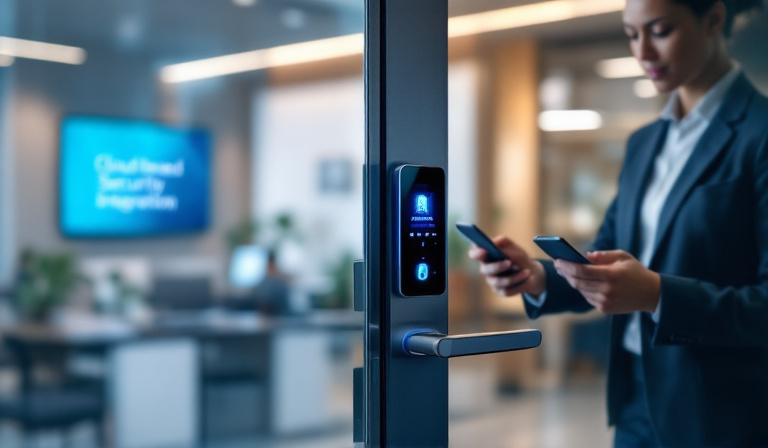
In an age where security threats are increasingly sophisticated, understanding and implementing effective access control is more crucial than ever. Access control is the cornerstone of security strategies for both physical spaces and digital environments. But what exactly is access control, and how can you make sense of the modern security options available today?
Understanding Access Control
Access control is a security technique that regulates who or what can view or use resources in a computing environment or physical location. It is a fundamental concept in security that minimizes risk to the business or organization. In simple terms, access control is about restricting access to a particular system, area, or resource to authorized individuals.
Types of Access Control Systems
Access control systems come in various forms, each designed to meet different security needs. Here are the most common types:
- Discretionary Access Control (DAC): This is a type of access control where the owner of the protected system or resource sets the policies defining who or what is authorized to access the resource.
- Mandatory Access Control (MAC): Under MAC, access rights are regulated by a central authority based on multiple levels of security. It is more restrictive than DAC and is commonly used in government and military applications.
- Role-Based Access Control (RBAC): RBAC assigns permissions to users based on their roles within an organization. This method simplifies the management of permissions and is used widely in business environments.
- Attribute-Based Access Control (ABAC): ABAC allows access based on attributes (user attributes, resource attributes, and environmental attributes). It offers a more fine-grained access control by considering multiple factors before granting access.
Modern Security Options for Access Control
The landscape of access control has evolved significantly with advancements in technology. Today, businesses and individuals can choose from a range of modern security options:
Biometric Access Control
Biometric systems use physiological characteristics, such as fingerprints, facial recognition, or retina scans, to verify identity. These systems are becoming increasingly popular due to their accuracy and difficulty to replicate. They offer a high level of security and convenience.
Smart Card Access Control
Smart cards are physical cards embedded with a microchip that can store and process data. They are widely used for both physical access control and secure digital transactions. The advantage of smart cards is their ability to store a large amount of data securely.
Mobile Access Control
With the ubiquity of smartphones, mobile access control has become a viable option. Users can gain access to physical spaces and digital resources through applications on their mobile devices. This option not only enhances convenience but also offers real-time access management and monitoring.
Cloud-Based Access Control
Cloud-based systems allow for the management of access control over the internet. They offer scalability, remote management, and integration with other cloud services. These systems are particularly beneficial for organizations with multiple locations or a mobile workforce.
Implementing Effective Access Control Strategies
While selecting the right access control system is crucial, it's equally important to implement it effectively. Here are some practical strategies:
- Conduct a Security Assessment: Begin by evaluating your security needs. Identify the areas that require protection and the potential risks involved.
- Define Clear Policies: Establish clear policies regarding who has access to what resources and under what conditions.
- Regularly Update Permissions: Access needs to change over time. Regularly review and update access permissions to ensure they align with current roles and responsibilities.
- Educate and Train Users: Ensure that users are aware of security policies and the importance of access control. Provide training sessions to help them understand and comply with these policies.
- Monitor and Audit Access: Implement monitoring and auditing processes to track who accesses what resources and when. This helps in identifying any unauthorized access attempts.
The Future of Access Control
The future of access control is promising, with innovations such as artificial intelligence (AI) and machine learning playing significant roles. These technologies can enhance security systems by predicting and identifying potential security threats before they occur.
Moreover, as the Internet of Things (IoT) continues to grow, access control systems will integrate more seamlessly with IoT devices, providing a more interconnected and responsive security environment.
In conclusion, making sense of modern security options requires a good understanding of the types of access control systems available, as well as the latest technological advancements. By adopting a strategic approach to access control, individuals and organizations can safeguard their assets, ensuring a secure environment in which to operate.

